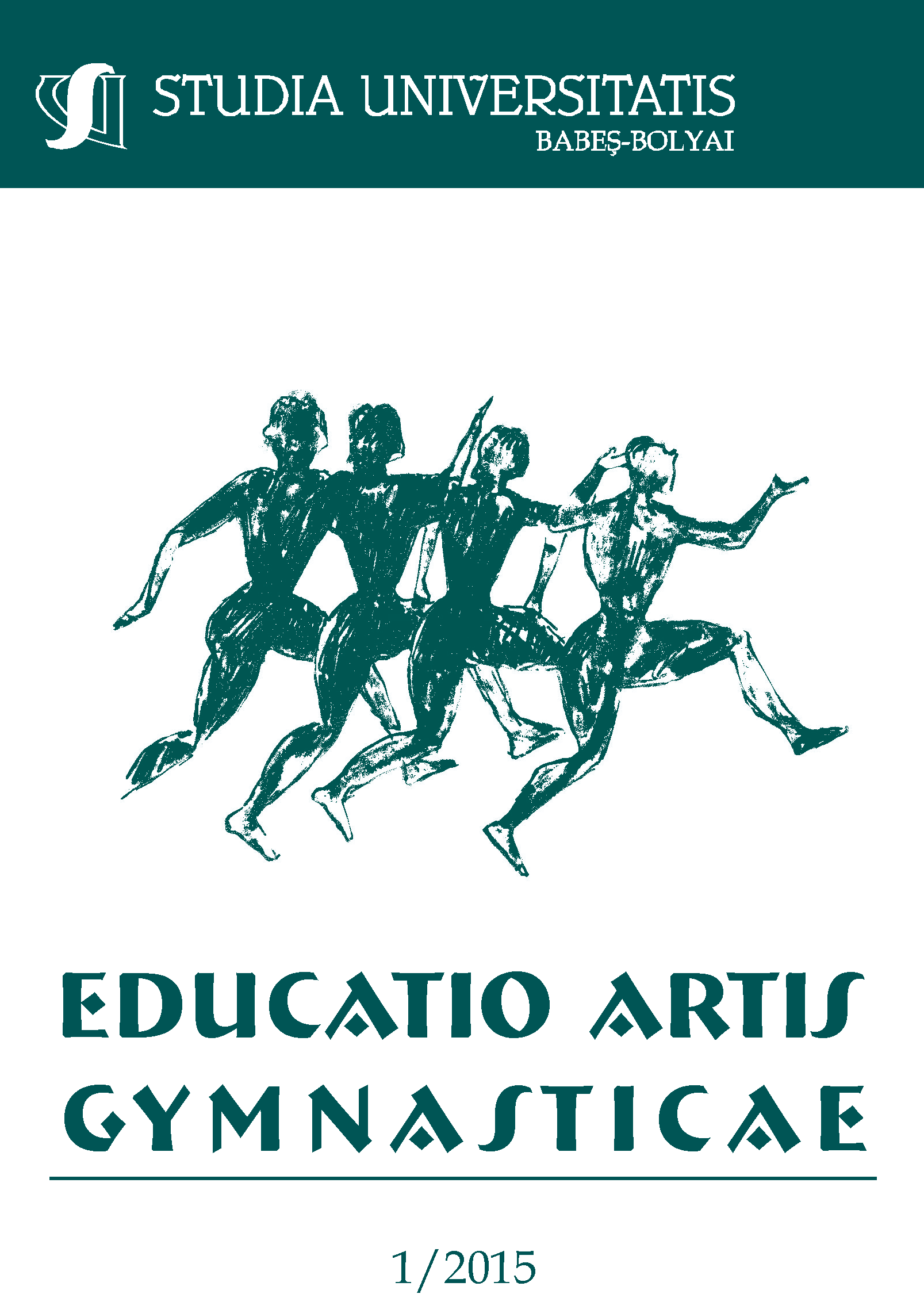POWERED LANDMARKS FORMING INTERNAL MODELS OF REPRESENTATIONS AND CALLING THEM THROUGH MENTAL TRAINING IN HANDBALL PLAYERS
Keywords:
mental training, representations, mental pictures.Abstract
Mental training is enshrined as a method of self-regulation exercises concentrating attention and voluntary change of representation systems. It increases learning efficiency by optimizing the techniques, proofreading recovery after injuries and habituation competitive situations (Holdevici, Vasilescu, 1988). We started from the hypothesis that mental training in order to increase efficiency exceed the status of becoming a form of training method entirely based on “internal representation models” (Paillard, 1971) not only visual images but also reproduce kinesthetic, auditory and tactile. The representations are domestic ones reproducing mental images developed in the absence of external stimuli-visual (Miclea, 2003). Mental images are formed as a double-entry system: perceptions of the external environment and integrative cognitive system-internal environment. To prove this we have developed two tests that targeted training through the two-way representation, consisting of situational representations challenge the model handball court and activate perceptual representations made about the problematic situation (playing schemes) of handball. Analysis of response times from order to evoke record representation showed a positive correlation between the two paths. Mental images are formed more quickly by verbal stimuli that contain information about the shape and spatial configuration of technical and tactical procedures.
Repere acționale în formarea modelelor interne ale reprezentărilor și apelarea acestora prin antrenament mental la handbaliști. Antrenamentul mental este consacrat ca metodă de autoreglare prin exerciții de concentrare a atenției și modificare voluntară a sistemelor de reprezentări. Aceasta crește eficiența învățării, prin optimizarea procedeelor tehnice, corectarea greșelilor recuperare după accidentări și obișnuirea cu situațiile competiționale (Holdevici, Vasilescu 1988). S-a pornit de la ipoteza că antrenamentul mental pentru a-și crește eficiența trebuie să depășească statutul de metodă devenind o formă de antrenament integral bazat pe „modele de reprezentări interne” (Paillard, 1971) care nu reproduc numai imagini vizuale ci și chinestezice, auditive și tactile. De asemenea reprezentările sunt și de natură internă reproducând imagini mentale elaborate în absența stimulilor externi-vizuali (Miclea, 2003). Imaginile mentale se formează ca un sistem cu dublă intrare: percepții din mediul extern și prin sistemul cognitiv integrativ-mediul intern. Pentru a demonstra acest lucru am elaborat două teste care au vizat formarea reprezentărilor prin cele două căi, constând în provocarea unor reprezentări situaționale pe macheta terenului de handbal și activarea reprezentărilor formate pe cale perceptivă prin situații problematice (scheme de joc) din handbal. Analiza timpilor de reacție înregistrați de la comandă la evocarea reprezentării au evidențiat o corelație pozitivă între cele două căi. Imaginile mentale se formează mai rapid prin stimuli verbali care conțin informații despre forma și configurația spațială a procedeelor tehnico-tactice.
Cuvinte cheie: antrenament mental, reprezentări, imagini mentale.
References
Cadopi, M. (1991). Role mentales des images dans la traction; in L’aprentissages moteur, Role des Representation. Edition revue E.P.S. Paris. (p.119)
Fleurance, P. (1991). Place des Representation roles et dans l’apprentissage moteur; in L’aprentissages moteur, Role des Representation. Edition E.P.S. revue, Paris. (p.81)
Holdevici, I. (2010). Psychology of Success, autosuggestion and relaxation. University Press. Bucharest. (p.231)
Mircea, M. (2003). Cognitive psychology. Polirom. Iași. (p. 26, 169)
Smith, P.N. (1978). Dictionary of psychology. Publisher Albatros. Bucharest.
Zlate, M. (2009). Foundations of psychology, Polirom, Iasi. (p.150)
Downloads
Published
How to Cite
Issue
Section
License
Copyright (c) 2015 Studia Universitatis Babeș-Bolyai Educatio Artis Gymnasticae

This work is licensed under a Creative Commons Attribution-NonCommercial-NoDerivatives 4.0 International License.



